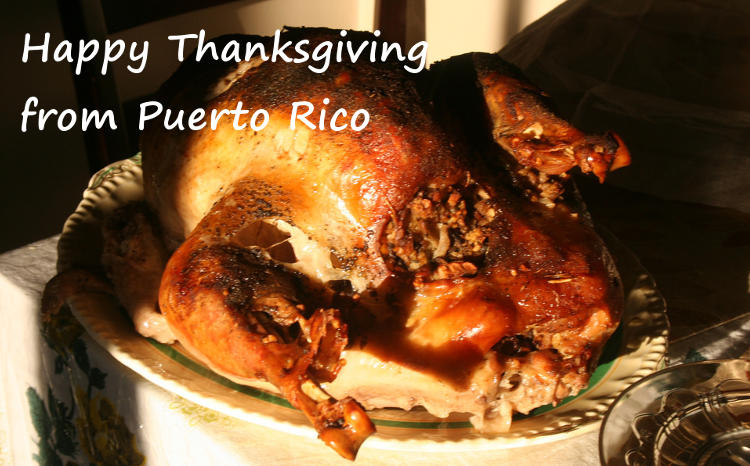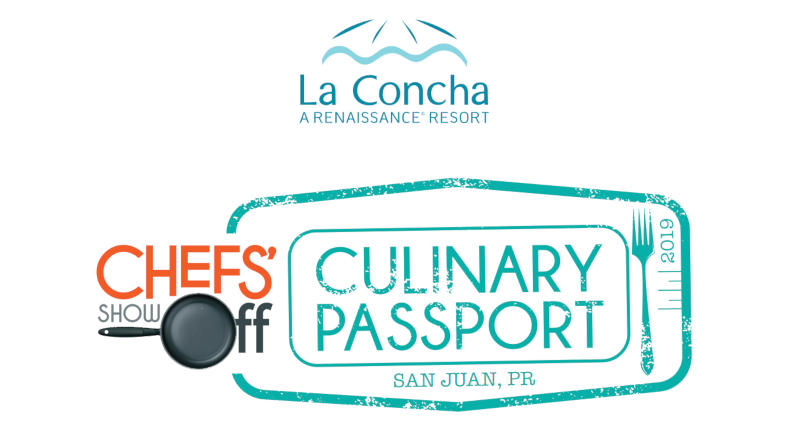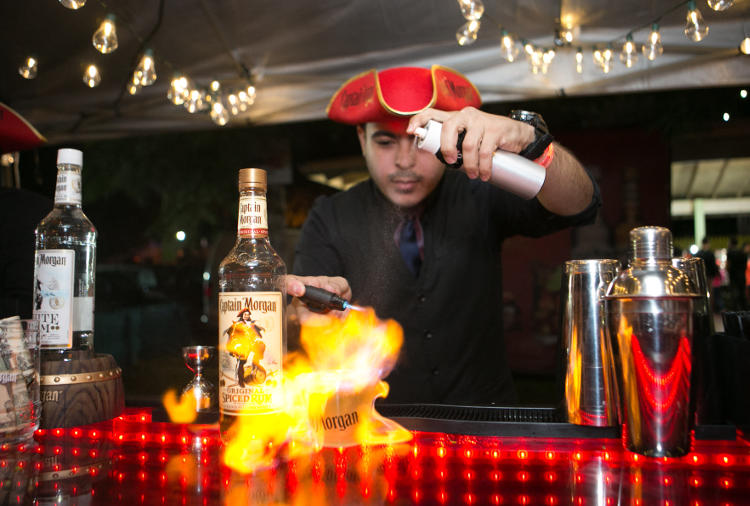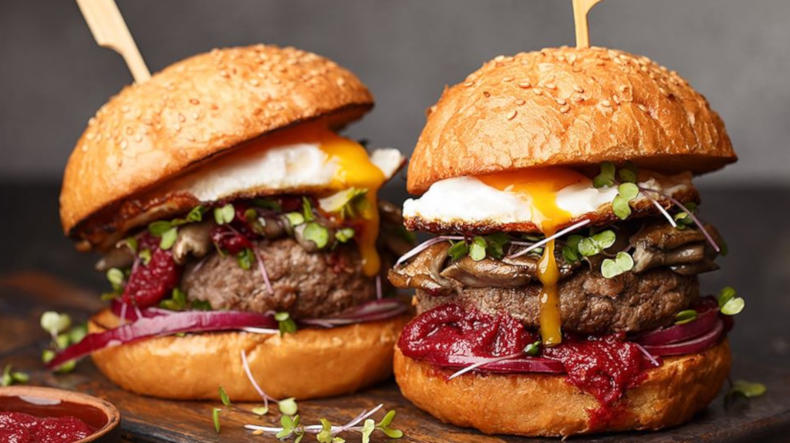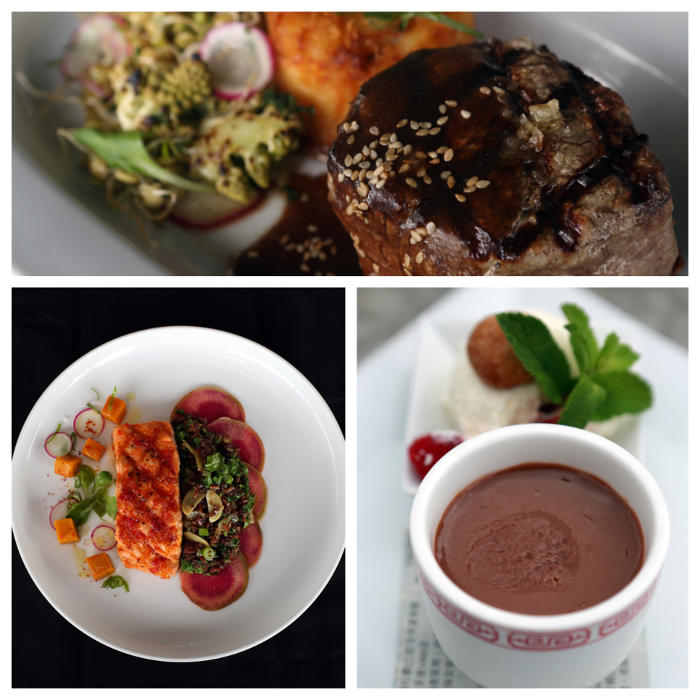When Christmas arrives in Puerto Rico, so does the irresistible aroma of pernil. This slow-roasted pork shoulder is the star of holiday feasts, celebrated for its tender meat and crispy, golden skin. With its bold, garlicky flavor, pernil is more than just a dish—it’s a festive tradition that brings families together.
What Makes Pernil Special?
Pernil is a Puerto Rican classic, enjoyed during Christmas, Nochebuena (Christmas Eve), and New Year’s Eve. Its savory flavors and slow-cooked perfection make it a must-have on holiday tables. Whether you’re savoring the juicy pork or crunching on the crispy skin, pernil is pure comfort food.
But it’s not just about taste. Pernil represents family, love, and tradition. The preparation alone is an event, with recipes passed down through generations. And every bite tells a story of Puerto Rican heritage.
A History Steeped in Flavor
Pernil has roots in Spanish culinary traditions, brought to the Caribbean during colonization. Over time, Puerto Ricans made it their own. By infusing local flavors like garlic, oregano, and citrus, they transformed pernil into a signature holiday dish.
Today, it’s more than just food—it’s part of Puerto Rican identity. Families look forward to its preparation every year, making it a centerpiece of the season.

How to Prepare the Perfect Pernil
Making pernil is an art, but it’s easier than you think! Here’s how it’s traditionally done:
- Choose the Cut: Pernil is made with pork shoulder or leg, bone-in for maximum flavor.
- Marinate It: The secret is in the marinade! A blend of garlic, sofrito, oregano, sazón, olive oil, and vinegar or citrus juice gives pernil its bold, garlicky taste. Rub it generously over the pork and let it marinate overnight.
- Score the Skin: This step ensures the marinade seeps deep into the meat. Plus, it helps achieve that perfectly crispy skin, or cuero.
The Cooking Process
Cooking pernil is all about patience. The key is low and slow roasting:
- Roast at 325°F (160°C) for several hours, allowing the meat to become tender and flavorful.
- Toward the end, crank up the heat to crisp the skin. This step creates the iconic crunchy exterior that everyone loves.
- Let it rest before serving, so the juices settle into the meat.
Pernil on the Table
No Puerto Rican Christmas meal is complete without pernil. It pairs perfectly with arroz con gandules (rice with pigeon peas), pasteles, and tostones. Add a side of salad or pickled green bananas (guineítos en escabeche) for a full feast.
Have leftovers? Pernil is just as delicious the next day. Use it for sandwiches or enjoy it with your favorite sides. It’s a holiday gift that keeps on giving!
Why Pernil is Puerto Rican Pride
Pernil isn’t just a dish—it’s a celebration of culture. The garlicky aroma filling the kitchen, the hours spent with family preparing it, and the joy of sharing it around the table make pernil an unforgettable part of Puerto Rican Christmas.
Whether you’re visiting the island or celebrating at home, tasting pernil is a must. It’s more than food—it’s a connection to Puerto Rican heritage, family, and the spirit of the season.
Where to Try Pernil in Puerto Rico
Want to experience pernil without cooking? Many local restaurants and lechoneras (pork specialty spots) serve incredible pernil during the holidays. Search for keywords like “best pernil in Puerto Rico” or “where to eat pernil near me” to find the top spots.
Make Pernil Part of Your Holiday Tradition
Ready to bring a piece of Puerto Rico to your table? Pernil is the perfect way to celebrate the season. Whether you’re roasting it yourself or trying it from a local vendor, this dish will fill your holidays with flavor, warmth, and memories.
Photos by AI












